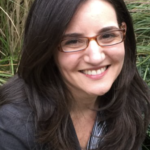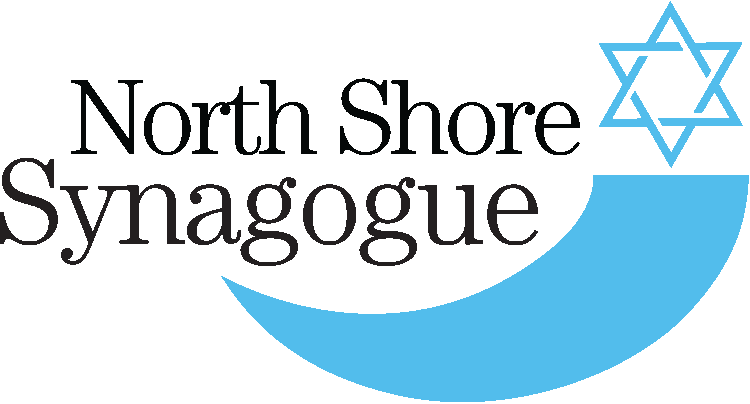 During Rabbinical School, each student must complete at least one unit of CPE (Clinical Pastoral Education). We are assigned to a hospital and floor or to a rehabilitation home, a nursing home, or other places in need of a chaplain. I was sent to St. Albans VA hospital, in Queens, on the palliative care floor. We worked 400 hours that summer to complete our training. So, needless to say, I spent a great deal of time with my patients. Of all my patients, only one was Jewish, and he was mostly unresponsive. So, I had to learn how to comfort, console, and pray with people of another faith. Comfort and consolation came relatively easy. My patients were human beings, just like me. All they needed in terms of comfort and consolation, was a safe shoulder to lean on, an open ear, and caring heart. But prayer proved itself to be much more difficult for me.
During Rabbinical School, each student must complete at least one unit of CPE (Clinical Pastoral Education). We are assigned to a hospital and floor or to a rehabilitation home, a nursing home, or other places in need of a chaplain. I was sent to St. Albans VA hospital, in Queens, on the palliative care floor. We worked 400 hours that summer to complete our training. So, needless to say, I spent a great deal of time with my patients. Of all my patients, only one was Jewish, and he was mostly unresponsive. So, I had to learn how to comfort, console, and pray with people of another faith. Comfort and consolation came relatively easy. My patients were human beings, just like me. All they needed in terms of comfort and consolation, was a safe shoulder to lean on, an open ear, and caring heart. But prayer proved itself to be much more difficult for me.
I had memorized Hebrew prayers. Or, I could read them from a siddur. But my patients,
some on the brink of existence, wanted more than written words – even those used for generations and centuries. They wanted me to channel the Almighty and “Pray from my heart.” Fear paralyzed me. Slowly but surely, I allowed them to teach me how to pray. At first, I sat quietly and listened to what they were asking of God. Then I began to feel their pain, join with them in their memories, and their requests and an entirely new world of prayer opened up for me.
I began to research spontaneous prayer in Judaism. It turns out that “invented prayer” or spontaneous prayer not found in the pages of any books, has a rich and deep history on our people. Certainly, when our ancestors spoke with God, it was not through words that were printed in a book handed out at services. It was often a conversation – sometimes with a response and most of the time without. But it kept coming. A pouring out from the heart in the hopes that someone, hopefully the Eternal One will catch them, hear our prayers, and hopefully answer them.
So, while this idea was new to me, it certainly wasn’t new to Judaism as a whole, on the contrary, it was like bringing back a long-lost friend. It was a new beginning for me to a new world of praying. It was frightening at first because I didn’t know what to say or do to make it sound “authentic.”
I decided to try it anyway. I decided that I would dive in head first and just speak to God on behalf of my patients. The experience is one that would change me and my relationship with God forever.
We now stand at the precipice of the High Holy Day season. We will spend a great deal of our time in synagogue reading prayers printed in books. They most certainly are beautiful and poetic messages to God. But let us not forget our rich and deep heritage of personal, spontaneous prayer. We may never have done it before and it may even feel foreign to us, but trying something new and making the old new again, is what this time is all about.
From my entire family to yours, we wish you a sweet and wonderful New Year.
Rabbi Jaimee Shalhevet

Spontaneous Prayer (Rabbi Shalhevet)
October 7, 2019 by nssadmin • Blog
I had memorized Hebrew prayers. Or, I could read them from a siddur. But my patients,
some on the brink of existence, wanted more than written words – even those used for generations and centuries. They wanted me to channel the Almighty and “Pray from my heart.” Fear paralyzed me. Slowly but surely, I allowed them to teach me how to pray. At first, I sat quietly and listened to what they were asking of God. Then I began to feel their pain, join with them in their memories, and their requests and an entirely new world of prayer opened up for me.
I began to research spontaneous prayer in Judaism. It turns out that “invented prayer” or spontaneous prayer not found in the pages of any books, has a rich and deep history on our people. Certainly, when our ancestors spoke with God, it was not through words that were printed in a book handed out at services. It was often a conversation – sometimes with a response and most of the time without. But it kept coming. A pouring out from the heart in the hopes that someone, hopefully the Eternal One will catch them, hear our prayers, and hopefully answer them.
So, while this idea was new to me, it certainly wasn’t new to Judaism as a whole, on the contrary, it was like bringing back a long-lost friend. It was a new beginning for me to a new world of praying. It was frightening at first because I didn’t know what to say or do to make it sound “authentic.”
I decided to try it anyway. I decided that I would dive in head first and just speak to God on behalf of my patients. The experience is one that would change me and my relationship with God forever.
We now stand at the precipice of the High Holy Day season. We will spend a great deal of our time in synagogue reading prayers printed in books. They most certainly are beautiful and poetic messages to God. But let us not forget our rich and deep heritage of personal, spontaneous prayer. We may never have done it before and it may even feel foreign to us, but trying something new and making the old new again, is what this time is all about.
From my entire family to yours, we wish you a sweet and wonderful New Year.
Rabbi Jaimee Shalhevet